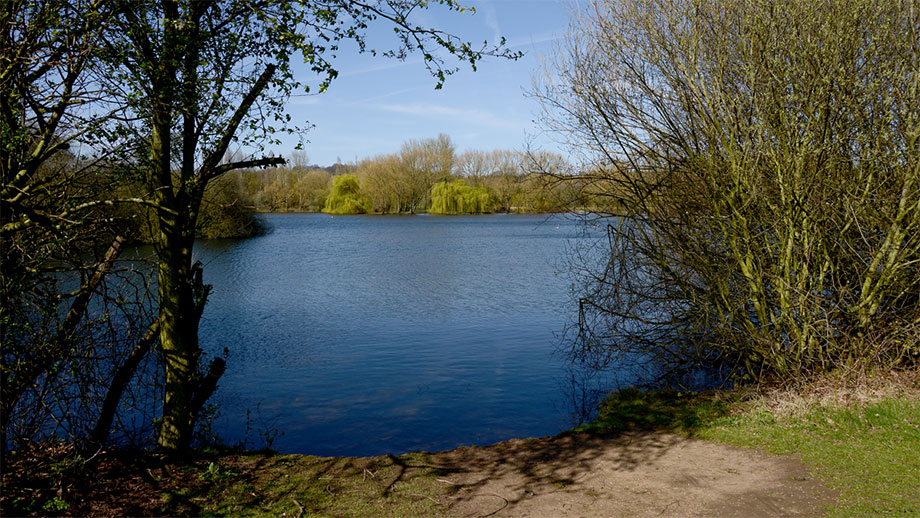If you have a body of water on your land and people can access it, you must take steps to mitigate the risks.
Did you know that most victims of accidental drownings never intended to enter the water in the first place? The most recent published figures from the National Water Safety Forum (2020) show that most drownings occurred while people were walking or running next to water.
This is a sobering reminder of why it is imperative to ensure that any body of water you are responsible for, from rivers and lakes to ponds and reservoirs, is made safe for those who can access it – think employees, residents, visitors, as well as members of the public.
As one of the most experienced water safety advisory services in the UK and Ireland, the RLSS UK has provided clear to follow, impartial, and practical water safety advice and expertise for more than 130 years, whether a construction company or private landowner, a local authority or a leisure operator. They start with a full risk assessment – an essential piece of work to review operations and activities to identify the risks and how to alleviate them.
In January, there was pressure on the UK Government and Parliament to make risk assessments of all bodies of water (natural and man-made) mandatory. This was part of a debate on the addition of throwline stations around open bodies of water following the death of 18-year-old Mark Allen, who drowned in 2018 after jumping into a reservoir on a hot summer day. The following May, three throwlines were installed where he died. Mark could have possibly been saved if they were in place beforehand.
There is no one solution to water safety. Following a thorough risk assessment, RLSS consultants advise the most cost-effective options that meet the particular characteristics of a water environment. These could include training, operational planning, signage, Public Rescue Equipment and PPE.
https://www.rlss.org.uk/forms/consultancy-services-contact-form.
















